What Is ERC-404?
ERC-404 is an experimental token standard that combines ERC-20 (fungible tokens) and ERC-721 (non-fungible tokens), allowing tokens under this standard to be both fungible and non-fungible at the same time. This works by bonding an ERC-721 token to an ERC-20 token, where an ERC-20 token only represents an NFT when it is a whole token. Once it is broken down into fractions for trading as an ERC-20 token, the NFT is burnt. When two complementary fractions (e.g. 0.4 and 0.6) are combined to form a full token, a new NFT is minted.
Key Takeaways
-
ERC-404 is an experimental ERC token standard, which combines NFTs and fungible tokens to form a whole new kind of asset.
-
The ERC-404 standard uses a mint and burn strategy to manage the non-fungibility of NFTs, in order to create a working combination between ERC-721 and ERC-20, which are proportionally tied to each other in this arrangement.
-
ERC-404 tokens have seen a wide reception from cryptocurrency enthusiasts with tokens experiencing a positive price growth on the average at the time of writing.
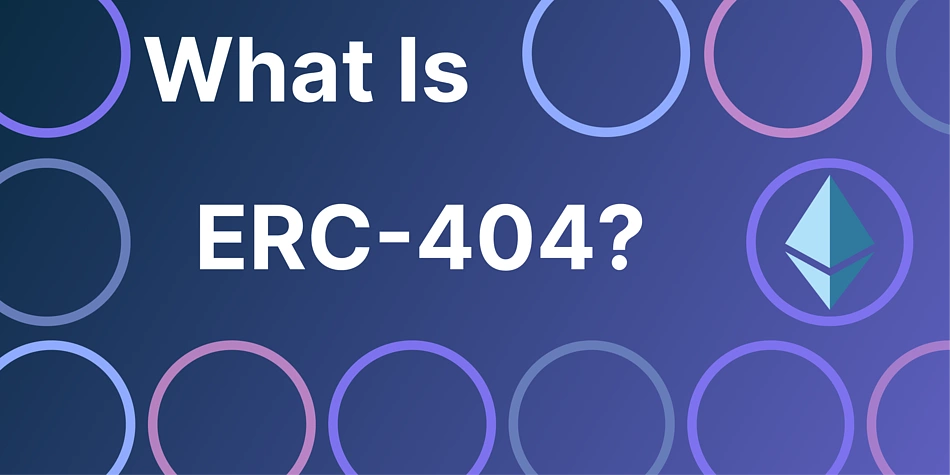
Ethereum's token standards include ERC-20 for fungible tokens, and ERC-721 and ERC-1155 for NFTs. Now, in what is still an ongoing experiment at time of writing, developers are exploring the possibility of fusing these two systems, bridging fungible tokens and NFTs to enable fractionalization and liquidity. According to data from CoinGecko, the total market cap of ERC-404 tokens sits at an excess of $347 million, with significant trading activity at time of writing.
Understanding the ERC-404 Token Standard
Named after the popular web page error code, the ERC-404 token standard is becoming a hot topic in the cryptocurrency community, with X user 0xacme leading the development for the new ERC token standard.
ERC-404 is a combination of the ERC-20 and the ERC-721 token standards, where a token developed according to this standard represents a fungible and non-fungible token, and can be used as both. This is intended to create a pathway for inter-usage of both smart contract token designs, while also solving key issues such as NFT liquidity and NFT fractionalization.
As a fix for NFT liquidity, ERC-404 tokens can be listed on supported exchanges, or have an AMM swap pool created just like any other ERC-20 token. The standard also provides for native NFT fractionalization, as users can trade a fraction of a token (e.g. 0.6 PANDORA), without having to use a NFT fractionalization protocol. People are already exploring the possibility of integrating ERC-404 tokens core DeFi protocols like lending.
ERC-404 tokens can also be sent in splits. While this doesn’t function exactly like fractionalized NFTs, it enables users to interact freely with NFTs, easing the strict non-fungibility they are known for. The current prototypes of ERC-404 tokens can be split and traded like tokens; however, once the NFT is split and no longer whole, it will be burnt during the trading process, and can only be minted anew when a sufficient number of tokens (that make up a whole) is acquired.
How the ERC-404 Token Standard Works
The basic design of the ERC-404 token standard includes an ERC-20 token and an ERC-721 token that are bonded to each other, where the ERC-20 represents the ERC-721 token and vice versa. While both standards are isolated, they intercept at the point of transaction. For instance, an ERC-404 token mints an ERC-721 token, and an ERC-20 token is bonded to the NFT. This means that by holding the ERC-721 token, the holder also owns the equivalent ERC-20 token.
The ERC-721 token must maintain its non-fungibility; therefore, one of the major work-throughs in the ERC-404 standard is around the non-fungibility of the ERC-721 arm of the token. It handles this using a mint and burn algorithm. The ERC-20 token only represents an NFT when it is a whole token. When the token is sent in fraction, the NFT is burnt. When two complementary fractions (say 0.3 and 0.7) are joined, an NFT is minted.
According to the developers, this is usually a new NFT. For some ERC-404 projects, the new NFT is minted at random and could have variable attributes, therefore a rarer NFT could be minted in place of the original NFT, or vice versa. Another way some ERC-404 project works this out is by minting a uniform NFT. Each of the ERC-721 tokens bonded with the ERC-20 token has the same rarity and other attributes.
It is important to note that the ERC-404 token didn’t go through the normal token standard creation process in the Ethereum community. It is yet to be audited for errors by the Ethereum community and is still considered an experiment. The standard is also gas-incentive - leading other developers to propose improved standards such as DN-404.
Examples of ERC-404 Projects
ERC-404 tokens are available across supported exchanges, and can also be listed on NFT marketplaces like Blur and OpenSea. Some of the notable projects in this category include;
Pandora

Pandora is the first functional ERC-404 token minted. On February 2, 2024, the Pandora team announced the completion of development for the Pandora token via a post on the official X page. The NFT graphics were also released on the same day and the Pandora token was listed on Uniswap within this same period, where the Pandora token exceeded $10 million in trading volume within its first five hours of trading.
The Pandora ERC-404 token is a fusion of 10,000 ERC-20 tokens and 10,000 Replicants (ERC-721 tokens). Pandora adopts the (random) mint and burn model. When the Pandora token is split, the attached Replicant is burnt. When a whole Pandora token is purchased, a new random Replicant is minted.
Pandora has enjoyed a generally positive reception from the NFT community and ERC-20 token traders. The Pandora token has climbed to a market cap of almost $300 million, trading at $30,237.88 at the time of writing, and the Pandora NFT (Replicant) at a floor price of 9.9ETH. Pandora has also been listed on centralized exchanges, making it the first NFT to be traded openly on a centralized exchange.

DeFrogs
DeFrogs is one of the earliest ERC-404 tokens to launch. It claims to be an adjusted version of the ERC-404 standard used by Pandora. DeFrogs combines Meme culture with the latest ERC-404 narrative, with the aim of building a community around itself, featuring a collection of 10,000 cartoon frogs PFPs.
DeFrogs launched via a fair launch on Uniswap, with 80% of the supply added to the liquidity pool. Like other ERC-404 tokens, DeFrogs is tradable on supported exchanges and NFT marketplaces. At the time of writing, the floor price of DeFrogs NFT on OpenSea sits at about 1.35 ETH, while the DeFrogs token trades at $3,190.62, and is the second ERC-404 token to be listed on a centralized exchange.
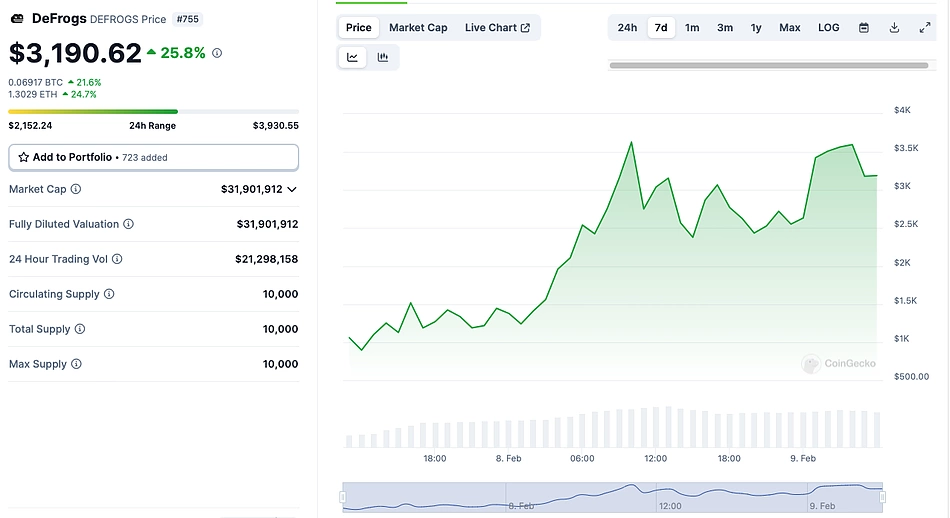
EtherRock404
The original EtherRock NFT collection is a collection of 100 graphics of rocks and a tradable token on supported exchanges. EtherRock404 is a derivative collection of the original, but developed according to the ERC-404 standard. According to information from the project’s official X page, EtherRock404 was listed on Uniswap DEX on February 7th, 2024. EtherRock404 has seen significant trading activity on the decentralized exchange, further confirming the propositions of the ERC-404 standard as a freely tradable NFT.
The project describes itself as a ‘zero utility’ project – the only purpose of the 404Rocks is to be bought and sold. EtherRock404 adopts the random mint and burn approach to managing the ERC-721 aspect of the token. For every whole EtherRock404 token purchased, a new EtherRock404 NFT is minted. The EtherRock404 token trades at $26,177.87 at the time of writing.
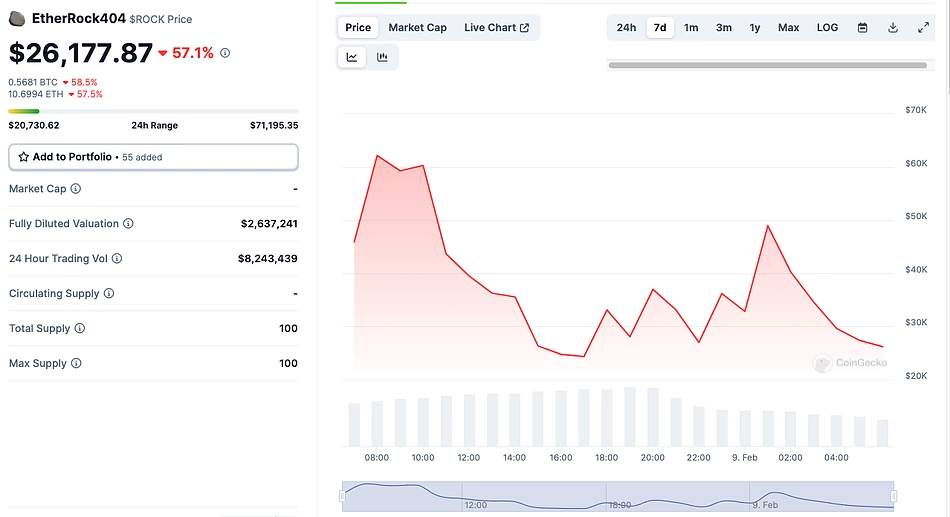
ERC-404 vs ERC-20 vs ERC-721
Ethereum Request for Comment (ERC) defines how a smart contract token interacts with the Ethereum Virtual Machine. The ERC-20 token standard was one of the earliest smart contract standards and is one of the most-used token standards. Most other smart contract blockchains have adopted this system in its pure form or with slight modifications for their smart contract token design.
Over the years, other smart contract standards have emerged. Just like the new (and currently experimental) ERC-404 standard, these new smart contract standards introduce a new kind of token, or a significant modification to an already existing design. The ERC-721 standard was one of the earliest smart contract token standards for collectibles and contemporary NFTs, with the newer ERC-1155 also designed for similar kinds of assets.
ERC-20 standard tokens are fungible. That is, every token from the same smart contract is the same and therefore can be exchanged for each other. Also, they can be easily fractionalized. ERC-20 smart contracts specify the decimals for the tokens to be minted, which can be split into tiny fractions, based on the decimals specified in the smart contract. Put simply, ERC-20 tokens are super-flexible, making them the perfect build for a spendable ‘currency’, and they are widely available on centralized and decentralized exchanges.
On the other hand, ERC-721 standard tokens are unique, non-fungible, and rigid. Every token’s attributes are defined separately and cannot be spent in place of another from the same smart contract. They are meant to exist in a whole and not to be spent in fractions – even the fractionalized NFT concept doesn’t actually split the tokens; instead, they issue fungible tokens (or shares) against the value of the NFTs. Due to their nature, ERC-721 tokens are only tradable on NFT marketplaces that allow the assets to be listed singly and display their attributes.
As mentioned above, the ERC-404 token standard combines ERC-20 and ERC-721. ERC-404 isn’t a ‘best of both worlds’, but ‘both worlds joined together’. It manages to embed the fractionalization concept into the smart contract standard. However, the native fractionalization doesn’t mean that the original NFT is being split. The ERC-721 arm of the standard maintains its non-fungibility, where only a whole token represents an NFT, while fractionalized tokens represent a portion of a burnt NFT. The current ERC-404 build has also been criticized for attracting costlier gas fees, due to a more advanced communication procedure with the EVM. As they can be both ERC-20 tokens and ERC-721 NFTs depending on their form, they can be traded on exchanges and marketplaces.
|
ERC-20 |
ERC-721 |
ERC-404 |
|
Fungible |
Non-fungible |
Semi-fungible |
|
Tradable on AMM and order book exchanges |
Tradable on NFT marketplaces |
Can be traded on exchanges and NFT marketplaces |
|
Can be fractionalized |
Cannot be fractionalized |
Can be fractionalized |
Final Thoughts
At the moment, the ERC-404 standard could just be the product of an ambitious experiment. The current build has been criticized for issues such as transaction costs and how it handles the ERC-721 part of the system. But according to the developers working on this, it is still a work in progress, and rightly so. However looking towards the future, it could be an exciting addition to existing cryptographic token standards, one that could gain even more application than existing token standards. From the technological viewpoint, current prototypes are promising. But the key issues already mentioned still need to be addressed if the standard must be fit for a wide range of applications.
For cryptocurrency enthusiasts, the idea of owning a fungible token and an NFT in a single token is attractive – this accounts for the price action seen across the ERC-404 category at the time of writing.
Having said this, it is important to mention again that the ERC-404 standard as a whole is still a very early experiment and the development team has stressed the uncertainties surrounding how this standard will evolve in the future, if it ever emerges as a stable standard. As an investor and an everyday blockchain user, a good level of risk management is advised while interacting with this standard, at least, until a stable release.

Joel is deeply interested in the technologies behind cryptocurrencies and blockchain networks. In his over 7 years of involvement in the space, he helps startups build a stronger internet presence through written content. Follow the author on Twitter @agboifesinachi


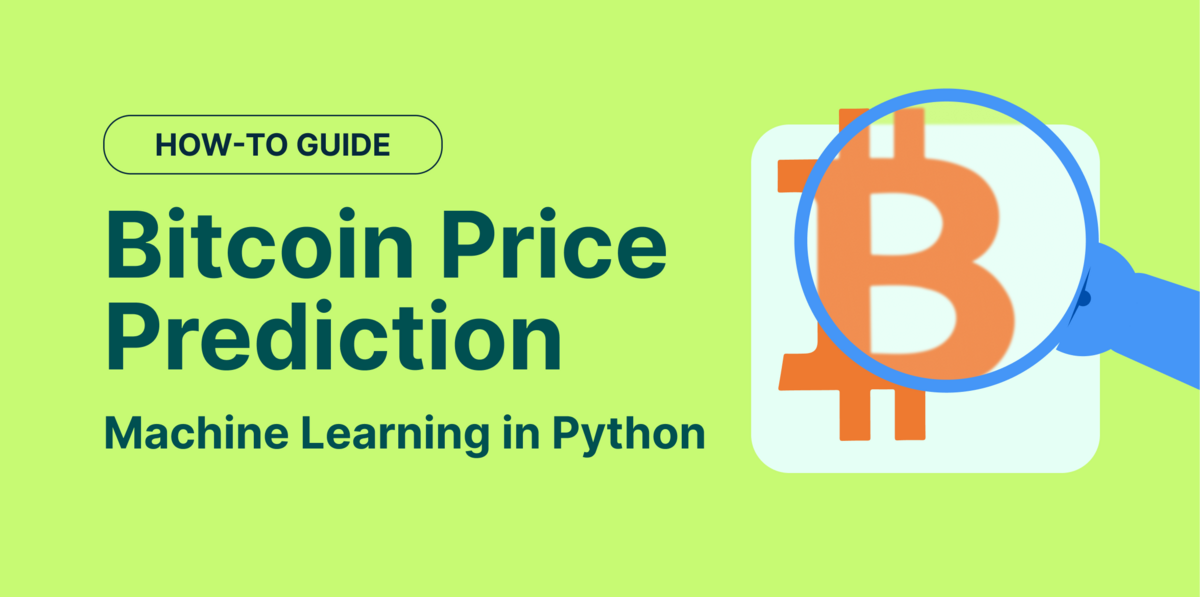
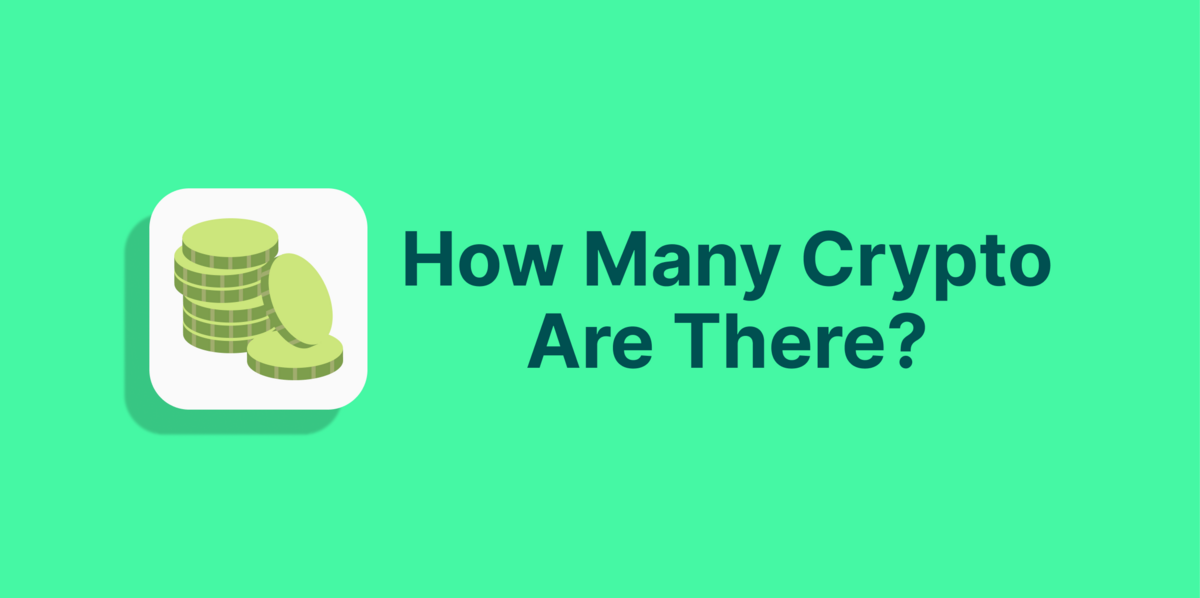





 Or check it out in the app stores
Or check it out in the app stores